SOSDIVING
Jr. Member
- Apr 2, 2014
- 78
- 308
- Detector(s) used
- Garrett Sea Hunter PI
White's Surfmaster II VLF
Tesoro Bandido II VLF
Tesoro Cibola VLF
- Primary Interest:
- All Treasure Hunting
These finds are from an 18th century militia campsite found four years ago along a creekbed with large granite outcroppings near the Wake Forest and Rolesville areas of northern Wake County, NC. I will be sharing a lot more of the pictures, finds, and study in the coming months. Thanks for looking and happy hunting.
The first key finds that led to a closer look at the area included a broken shoe buckle frame, knee buckle, and a tombac flat button. Over a four year period some of the other artifacts discovered and preserved include: musketballs, a chewed 1oz musketball, iron buttons, two-tined fork (broken), camp knife (broken), American sword scabbard tip, wrought nails, horseshoes (broken/full) rectangular buckle, camp axe (submerged in creekbed), cowbell, roller buckle, cut copper and brass artifacts, equine devices, cast iron cookingware pot (shattered), copper banding, copper rivet, folding knife (broken) and other associated iron artifacts.
From the artifacts that have be recovered and preserved, it appears this site location was utilized in transit as an American Militia campsite dating to the American Revolution. No British artifacts were found. The majority of the finds match to other artifacts discovered in other Revolutionary War campsites along the east coast. The vast number of artifacts at this location indicated that many activities were taking place at this hidden site along a creek, surrounded by granite outcroppings. There is no indication of a past homesite at this location. A number of horses had a presence onsite as evidenced by the broken and full horseshoes, and other equine devices found. Cooking was going on at this site and over 40 cast iron pot pieces were recovered, along with a broken colonial two-tined fork, and a camp knife. Two musketballs were found, both fired, one was a buck shot and the other a ball shot. The buck and ball shot may have been surgically removed at this campsite as they were found in close proximity to a chewed 1oz muskeball. The musketball has been inspected by a dentist who confirmed human molar and canine insicor impressions. A number of cut copper artifacts were recovered and appear to have been from a disarticulated copper vessel(s). Copper pots were also utilized for cooking and militia troops. The site was probably used for a number of weeks, as indicated by the assortment and variety of artifacts found.
Please enjoy, I will post more as time allows.
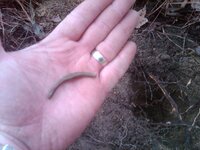
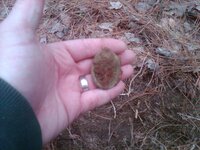
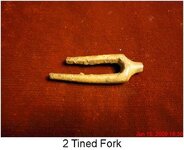
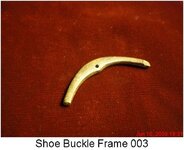
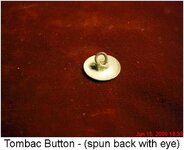
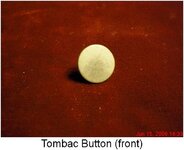
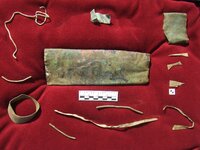
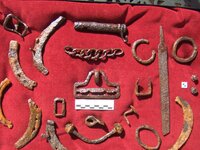
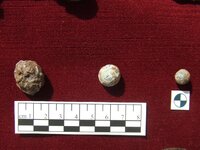
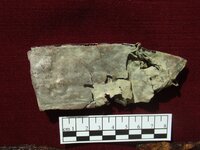
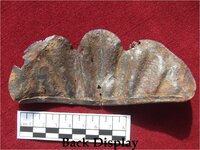
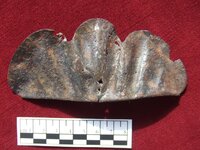
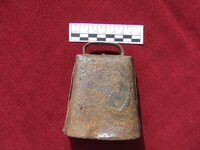
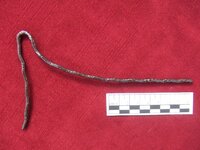
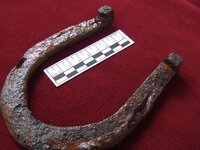
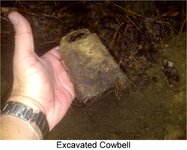
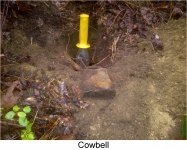
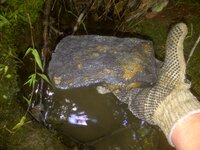
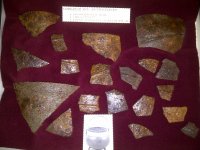
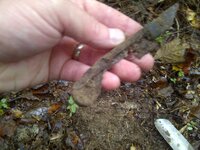
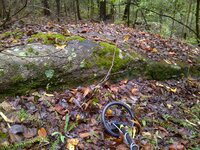
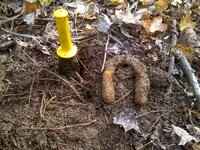
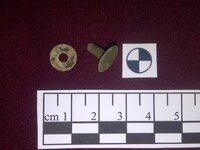
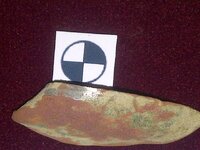
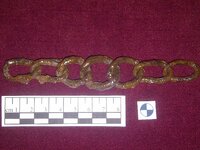
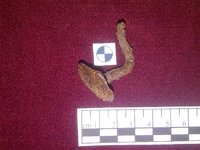
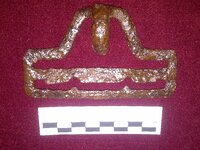
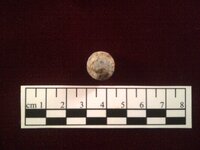
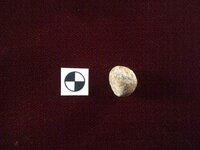
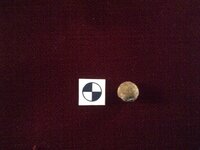
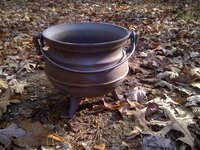
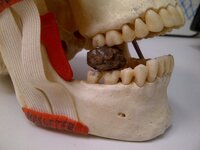
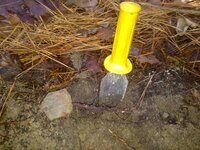
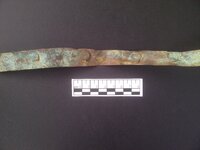
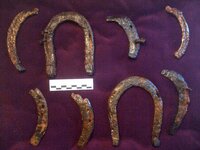
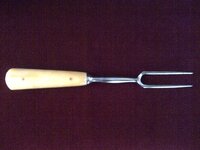
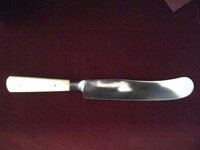
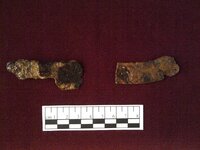
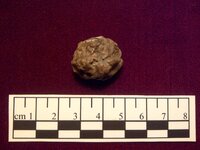
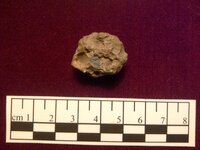
The first key finds that led to a closer look at the area included a broken shoe buckle frame, knee buckle, and a tombac flat button. Over a four year period some of the other artifacts discovered and preserved include: musketballs, a chewed 1oz musketball, iron buttons, two-tined fork (broken), camp knife (broken), American sword scabbard tip, wrought nails, horseshoes (broken/full) rectangular buckle, camp axe (submerged in creekbed), cowbell, roller buckle, cut copper and brass artifacts, equine devices, cast iron cookingware pot (shattered), copper banding, copper rivet, folding knife (broken) and other associated iron artifacts.
From the artifacts that have be recovered and preserved, it appears this site location was utilized in transit as an American Militia campsite dating to the American Revolution. No British artifacts were found. The majority of the finds match to other artifacts discovered in other Revolutionary War campsites along the east coast. The vast number of artifacts at this location indicated that many activities were taking place at this hidden site along a creek, surrounded by granite outcroppings. There is no indication of a past homesite at this location. A number of horses had a presence onsite as evidenced by the broken and full horseshoes, and other equine devices found. Cooking was going on at this site and over 40 cast iron pot pieces were recovered, along with a broken colonial two-tined fork, and a camp knife. Two musketballs were found, both fired, one was a buck shot and the other a ball shot. The buck and ball shot may have been surgically removed at this campsite as they were found in close proximity to a chewed 1oz muskeball. The musketball has been inspected by a dentist who confirmed human molar and canine insicor impressions. A number of cut copper artifacts were recovered and appear to have been from a disarticulated copper vessel(s). Copper pots were also utilized for cooking and militia troops. The site was probably used for a number of weeks, as indicated by the assortment and variety of artifacts found.
Please enjoy, I will post more as time allows.








































Upvote
0



